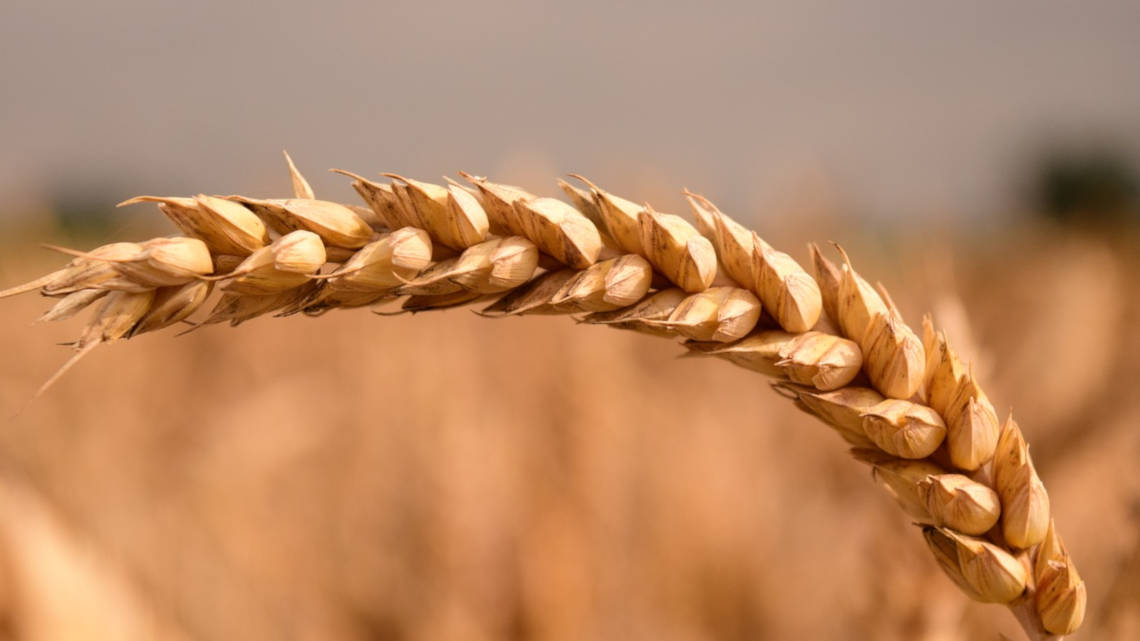Detecting stressed wheat with MRI and PET
Under the leadership of the University of Magdeburg, a European research consortium wants to combine two medical imaging techniques for the first time and make them usable for agriculture.

Whether heat, drought or flooding: Weather extremes put food crops such as wheat under stress and increasingly lead to crop failures. In addition to research into new resistant varieties that can withstand the effects of climate change and secure food supplies, diagnostic tools are needed to detect climate-related stress symptoms or diseases in plants at an early stage. Two imaging methods that have proven their worth in human medicine should also provide a remedy in agriculture in the future. This is the aim of a three-year research project, which is being funded by the European Union with a total of 1.6 million euros until 2026.
Mobile measurement platform combines MRI and PET
A team led by the STIMULATE research campus at Otto von Guericke University Magdeburg is working with partners from Austria and Italy to develop a mobile measurement platform for use in the field that combines magnetic resonance imaging (MRI) with positron emission tomography (PET) for the first time. The researchers are convinced that the combination of the two imaging methods will enable agricultural scientists and farmers to detect stress symptoms in crops early and precisely on site in order to react to them and thus safeguard yields. Compared to previous methods, the new imaging diagnostic procedure "simultaneously measures the spatio-temporal dynamics of metabolism and the high-resolution plant morphology", according to the project description. This makes it possible to obtain new digital biomarkers that are associated with early signs of plant stress before symptoms become visible and thus irreversible.
Making medical technology usable for agriculture
"With this innovative EU project, we are transferring our expertise in the field of imaging from medicine to agriculture and expanding the research horizon of the STIMULATE research campus," says the spokesperson for the EU project and the research campus Georg Rose from the Chair of Medical Telematics and Medical Technology at the University of Magdeburg. With its research, the team wants to make a contribution to the EU's Green Deal and make European agriculture more resilient and sustainable. "We hope that the results will help to secure the food supply in Europe even in times of climate change with more frequent extreme weather events such as droughts or floods," says Rose.
bb


